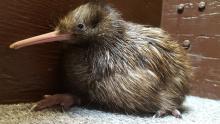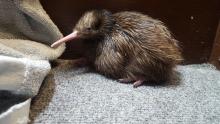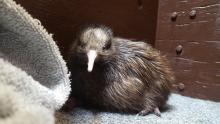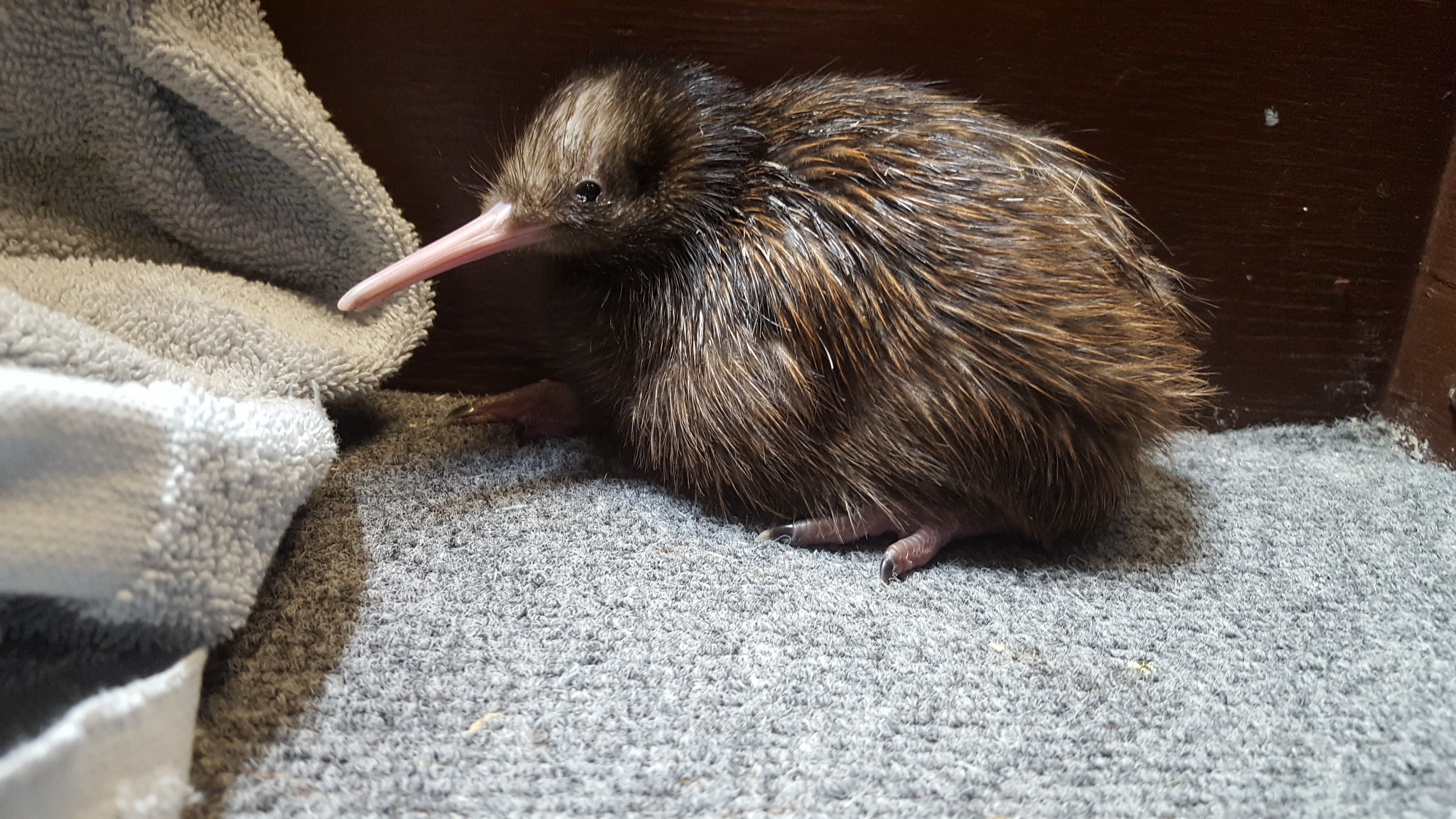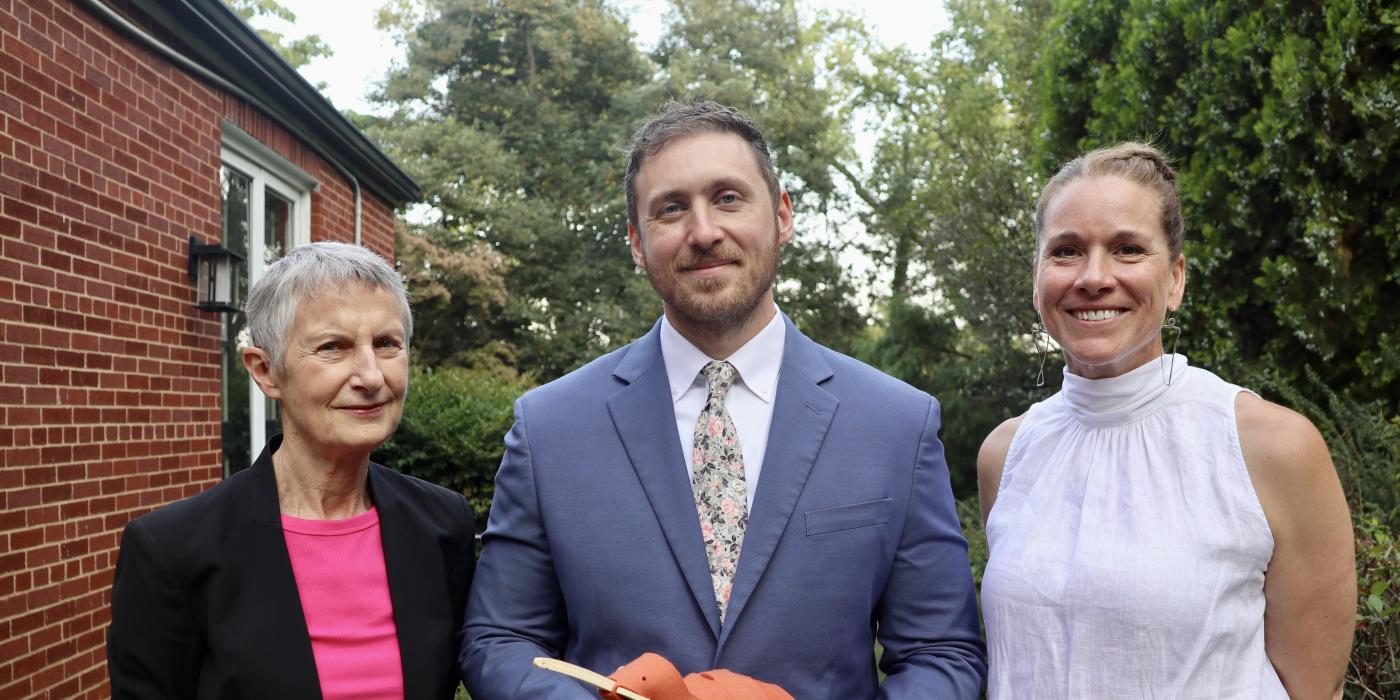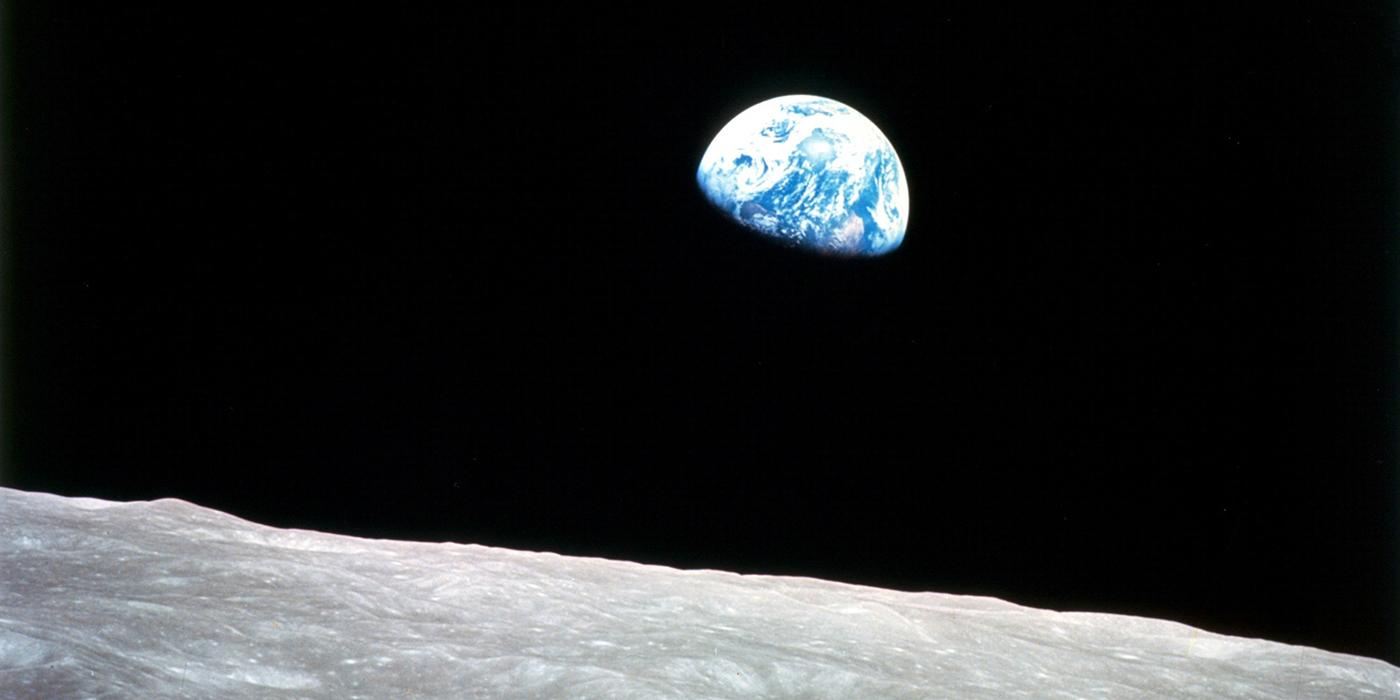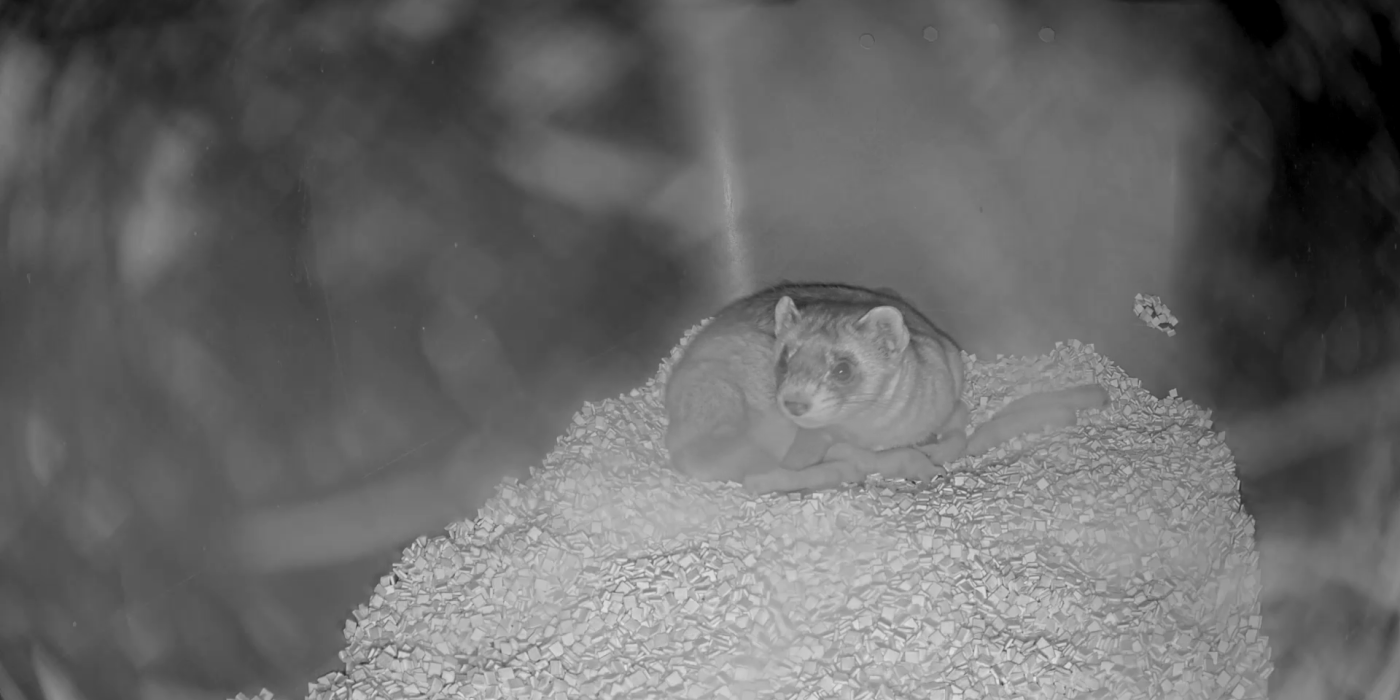Endangered Kiwi Chick Hatches at Smithsonian Conservation Biology Institute
An endangered brown kiwi chick kicked her way out of her egg at the Smithsonian Conservation Biology Institute (SCBI) in Front Royal, Va., between Saturday, July 29, and Sunday, July 30. Keepers had been monitoring the egg closely during the past week after it pipped or showed signs that it would hatch soon. They tracked the egg’s development closely by candling the egg, or shining a light on it to see the embryo’s growth. Keepers candled the egg during a Facebook Live July 27, days before it hatched.
After SCBI’s adult female kiwi Rua laid the egg, keepers placed it in an incubator with controlled temperature and humidity where it developed for 75 days. Brown kiwis are able to hunt for themselves from birth and do not depend on their parents. The chick stayed in the incubator during her first 24 hours, but was then moved to an isolette (a smaller enclosure specially designed for newly hatched chicks). Keepers moved her to the kiwi facility Aug. 3. She will eventually be paired with a male and join the Association of Zoos and Aquariums’ Species Survival Plan for brown kiwi. Kiwis are monogamous and generally live in mated pairs for life.
Brown kiwis, flightless nocturnal birds, are native to New Zealand and are endangered due to non-native predators introduced by humans. They lay the second-largest eggs for body size of any bird—an average 20 percent of the female’s body weight. In 1975, the Smithsonian’s National Zoo became the first organization to hatch a brown kiwi outside of New Zealand. SCBI has hatched six kiwi eggs since 2012.
SCBI plays a leading role in the Smithsonian’s global efforts to save wildlife species from extinction and train future generations of conservationists. SCBI spearheads research programs at its headquarters in Front Royal, Va., the Smithsonian’s National Zoo in Washington, D.C., and at field research stations and training sites worldwide. SCBI scientists tackle some of today’s most complex conservation challenges by applying and sharing what they learn about animal behavior and reproduction, ecology, genetics, migration and conservation sustainability.
###
Photo credit: Wesley Bailey, Smithsonian Conservation Biology Institute
Related Species:
Image Gallery
